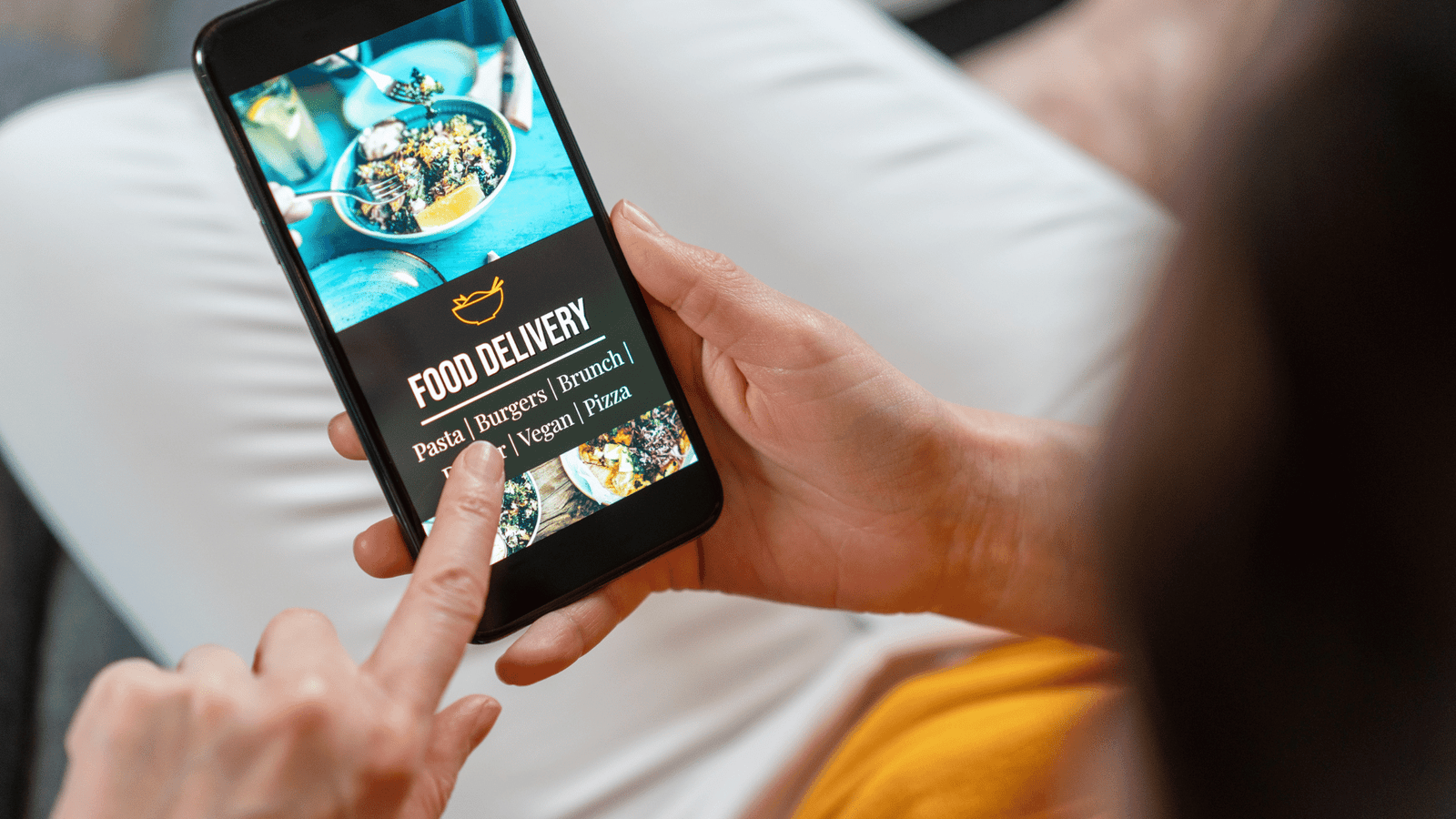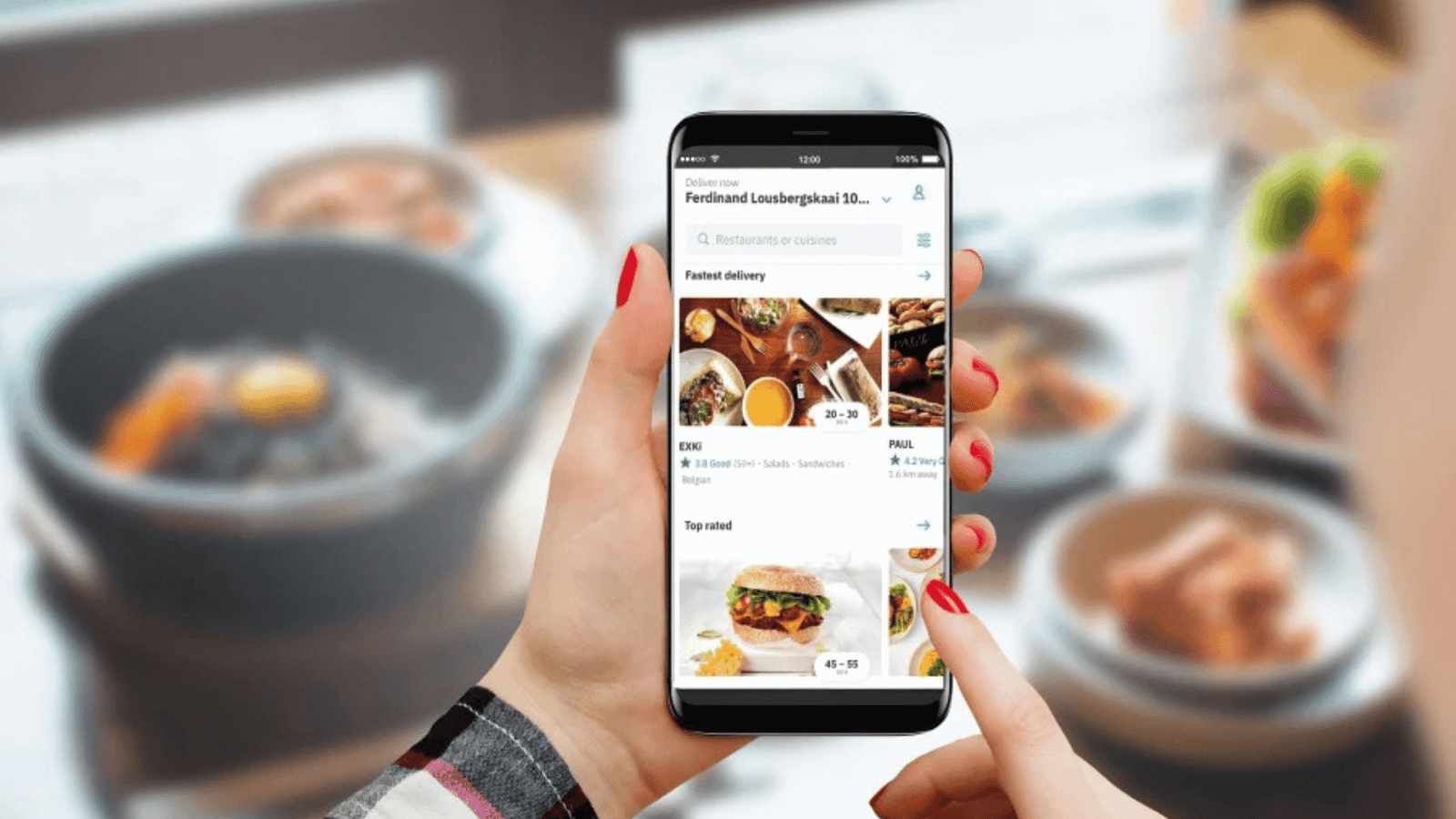Franchising has become a leading strategy for rapid business expansion, both globally and in India. According to market research, the global franchise industry is poised to grow from USD 133.17 billion in 2024 to USD 307.15 billion by 2033, showcasing the potential this model holds for both businesses and entrepreneurs. Among the different franchising options, the FOFO Franchise Model (Franchise Owned, Franchise Operated) stands out as one of the most flexible and empowering formats for business ownership.
Whether you’re an aspiring entrepreneur or an established investor, understanding FOFO Franchise Models, their benefits, cost structures, and how they compare with alternatives like FOCO can help you make a confident and profitable decision.

What is the FOFO Franchise Model?
The FOFO (Franchise Owned, Franchise Operated) model is a franchise structure where the franchisee owns and operates the business unit. The franchisor provides the brand, systems, training, and marketing support, but the franchisee is in full control of day-to-day operations.
This model is popular in the food and beverage, retail, salon, and education sectors, especially in India, where entrepreneurial freedom is a high priority for franchise investors.
Key Characteristics of FOFO Franchise Models
Franchisor’s Role
- Grants brand license and usage rights.
- Offers initial training and SOP manuals.
- Supports with national marketing campaigns and product development.
- Conducts audits and ensures standardization.
Franchisee’s Role
- Handles daily operations including hiring, inventory, local marketing, and customer service.
- Manages the outlet’s finances and P&L.
- Pays royalties and marketing fees as per the agreement.
This structure gives entrepreneurs ownership and autonomy, while reducing risk by plugging into an already successful brand ecosystem.
Benefits of the FOFO Franchise Model
- Operational Autonomy
Franchisees enjoy full control over operations and decisions, allowing for local customizations based on market needs. - Brand Leverage
Get access to an established brand with loyal customers, reducing the marketing burden and accelerating traction. - Training & Support
Franchisors provide operational training, branding tools, and business mentorship that minimizes failure risks. - Higher Profit Potential
Since the franchisee keeps all profits post royalties, they can scale income faster with smart operations. - Scalability
Many FOFO franchisees successfully scale to multi-unit ownership, creating their own regional networks.
FOFO vs FOCO: What’s the Difference?
| Feature | FOFO (Franchise Owned, Franchise Operated) | FOCO (Franchise Owned, Company Operated) |
|---|---|---|
| Ownership | Franchisee | Franchisee |
| Operational Control | Franchisee | Company |
| Marketing Strategy | Localized freedom + brand support | Company-led with less flexibility |
| Profit Sharing | Franchisee retains all after royalty | Pre-decided revenue/profit share |
| Best For | Entrepreneurs with time, capital, and vision | Investors wanting passive income |
Key Insight: FOFO suits hands-on entrepreneurs. FOCO is ideal for passive investors.

Cost Breakdown of a FOFO Franchise Model
Understanding the investment breakdown is crucial for evaluating the business feasibility of a FOFO franchise.
Initial Costs:
- Franchise Fee: ₹2 – ₹10 lakhs (varies by brand)
- Setup & Interiors: ₹5 – ₹15 lakhs (kitchen, branding, furniture)
- Working Capital: ₹2 – ₹5 lakhs
- Training Cost: ₹50,000 – ₹2 lakhs
- Equipment: ₹3 – ₹10 lakhs (especially for food outlets)
Recurring Costs:
- Royalty Fee: 4% – 10% of gross monthly revenue
- Marketing Fee: 2% – 5% of monthly sales
- Operational Costs: ₹2 – ₹10 lakhs/month (rent, salaries, inventory, etc.)
ROI Expectations:
- Payback Period: 2 to 4 years
- Profit Margins: Typically 15% – 30%
For example, popular Indian food franchises like Wow! Momo, Biryani Blues, or Giani’s Ice Cream follow the FOFO model and offer scalable, high-visibility businesses under ₹30 lakhs investment.
The Franchise Agreement: Foundation of FOFO Success
Every FOFO franchise is bound by a franchise agreement that legally outlines roles, rights, and obligations.
Key Inclusions:
- Duration and renewal terms
- Brand guidelines and compliance
- Fee structure and payment cycles
- Territory rights and exclusivity
- Termination clauses
This agreement protects both parties and ensures brand consistency, making it a cornerstone of long-term franchise success.
Challenges of FOFO Franchise Models
While appealing, the FOFO model has its share of operational and financial challenges:
- High Upfront Costs
Setting up a store involves significant capital, which may be risky for first-time entrepreneurs. - Responsibility Overload
The franchisee must juggle operations, staff, customer service, and finances—without daily support from the brand. - Brand Dependency
Negative PR or performance of other franchise outlets may impact the entire brand ecosystem, including your outlet. - Strict SOPs
Limited room for experimentation with menu or pricing due to brand standardization requirements.
Understanding these challenges helps prospective franchisees prepare a more realistic business plan.
Future of FOFO Franchise Models in India
As India’s startup and F&B landscape evolves, the FOFO model is transforming in these key ways:
1. Tech Integration
Franchisees now use:
- POS software for inventory tracking
- AI-driven customer loyalty tools
- CRM dashboards for hyperlocal marketing
2. Hyperlocal Strategy
Franchisors allow FOFO units to customize promotions, combos, and offers based on local customer behavior.
3. Sustainable Operations
Eco-conscious brands are supporting FOFO outlets that adopt:
- Plastic-free packaging
- Local sourcing
- Energy-efficient appliances
4. Multi-unit Scaling
Franchisees are increasingly signing cluster agreements to operate 3-5 outlets in a city, creating micro-franchise empires.
5. Regional Tier 2-3 Growth
FOFO is booming in smaller Indian cities where local entrepreneurs seek trusted, ready-made brand models for quick market entry.
Which Franchise Model Should You Choose?

The FOFO Franchise Model is ideal if:
- You’re a hands-on entrepreneur.
- You want complete control over hiring, pricing, and operations.
- You’re willing to take risks for higher rewards.
Choose FOCO if:
- You lack operational experience.
- You prefer steady income with minimal involvement.
- You’re looking for a low-risk asset-based investment.
Read Also :- Scaling Your Restaurant: Franchise Model Benefits & Best Practices
How to Choose the Best Food Franchise for Your Investment
Hot Dog Harbour and Sugoi Ramen: FOFO Franchise Success Stories
Brands like Hot Dog Harbour and Sugoi Ramen are prime examples of fast-growing Indian food franchises leveraging the FOFO model for scalable expansion. Hot Dog Harbour, known for its quirky, fusion-style hot dogs and youth-focused branding, offers FOFO franchise opportunities across major Indian cities, enabling entrepreneurs to own and operate trendy, high-demand QSR outlets with strong margins.
Similarly, Sugoi Ramen—India’s first authentic Japanese ramen brand—operates entirely on the FOFO model, empowering franchisees to bring gourmet ramen experiences to their local markets while receiving full support on branding, operations, and training. Both brands showcase how FOFO franchise models can drive fast, profitable growth for both franchisors and franchisees in today’s dynamic F&B landscape.
Conclusion
The FOFO Franchise Model offers an exciting, dynamic, and scalable pathway for business ownership. It combines the trust of an established brand with the freedom of entrepreneurship, making it a top choice for new-age Indian entrepreneurs. But like any business model, it demands smart execution, solid planning, and a strong commitment to quality.
If you’re ready to invest your time, energy, and resources—FOFO might just be your winning ticket.
FAQs about FOFO Franchise Model
Q1. What is a FOFO franchise model?
A FOFO (Franchise Owned, Franchise Operated) model allows the franchisee to own and manage the outlet independently using the franchisor’s brand and systems.
Q2. How is FOFO different from FOCO?
In FOFO, the franchisee manages daily operations. In FOCO, the brand/company operates the outlet while the franchisee simply invests.
Q3. What is the minimum investment for a FOFO franchise in India?
The minimum investment can range from ₹5 lakhs to ₹50 lakhs depending on the brand and location
Q4. Is the FOFO model profitable?
Yes, with proper management, FOFO franchises can deliver 15%–30% returns, especially in high-footfall sectors like food or retail.
Q5. Can I own multiple FOFO outlets?
Yes, many franchisors offer multi-unit franchise agreements, enabling scale across locations.






